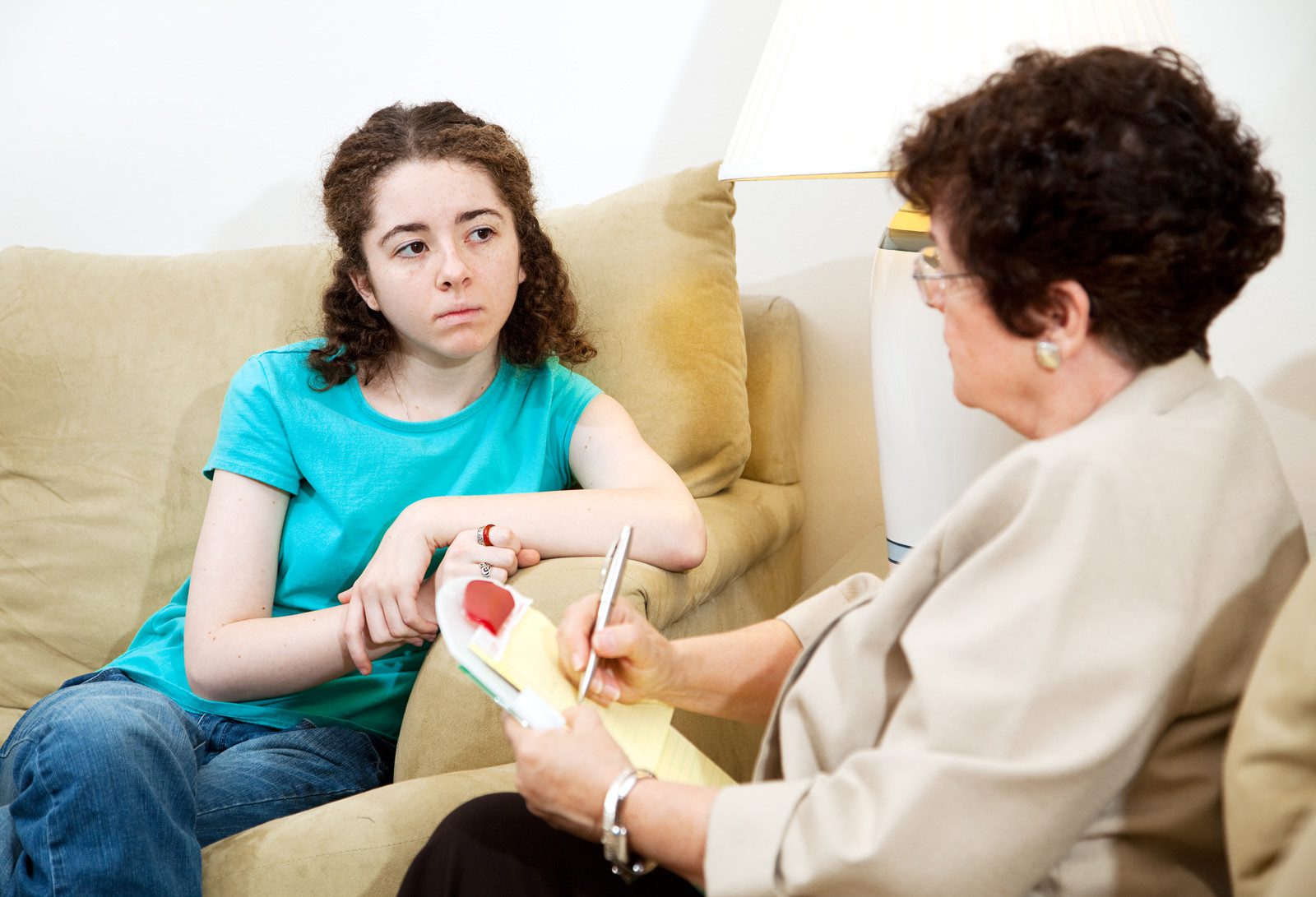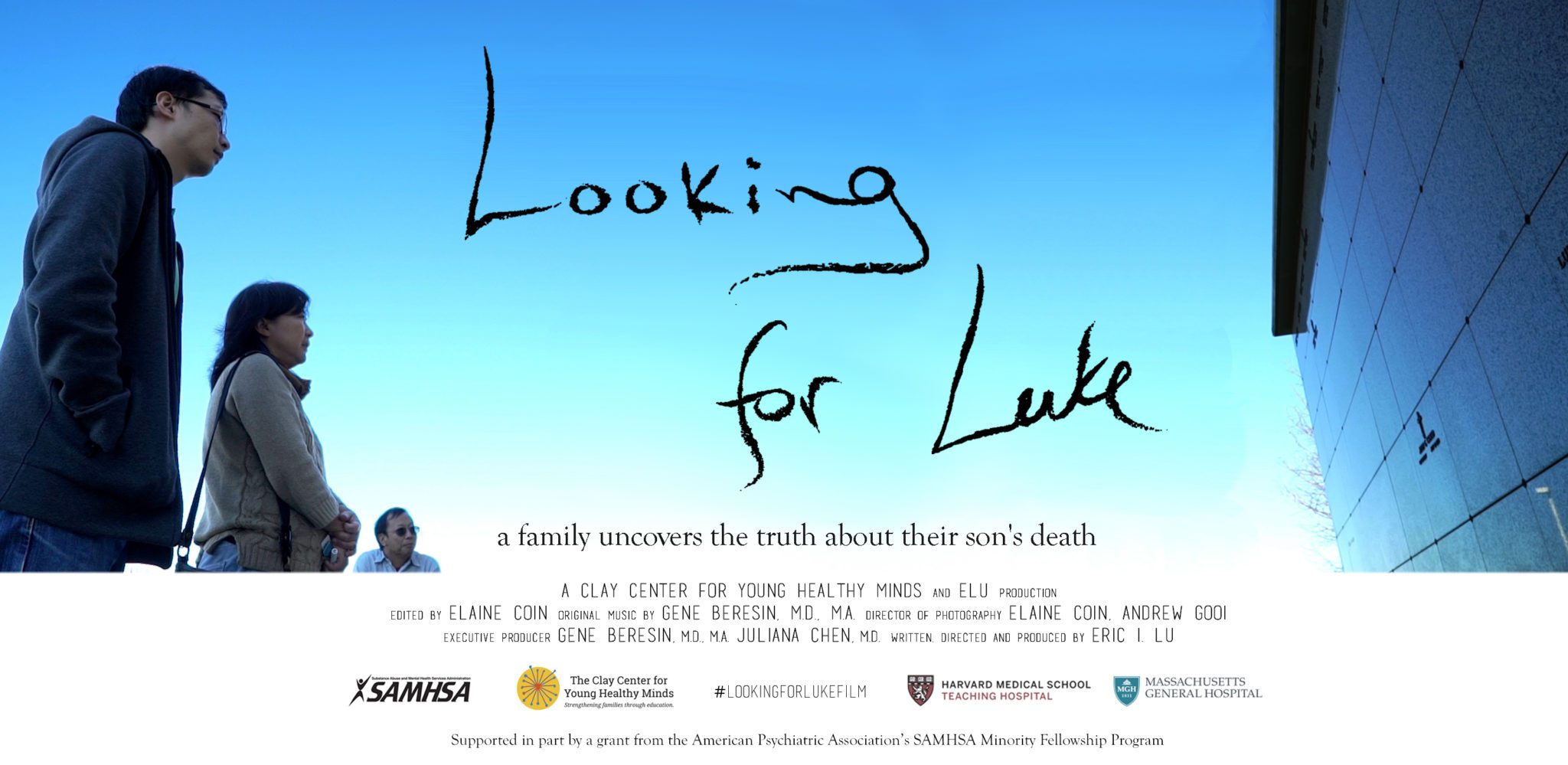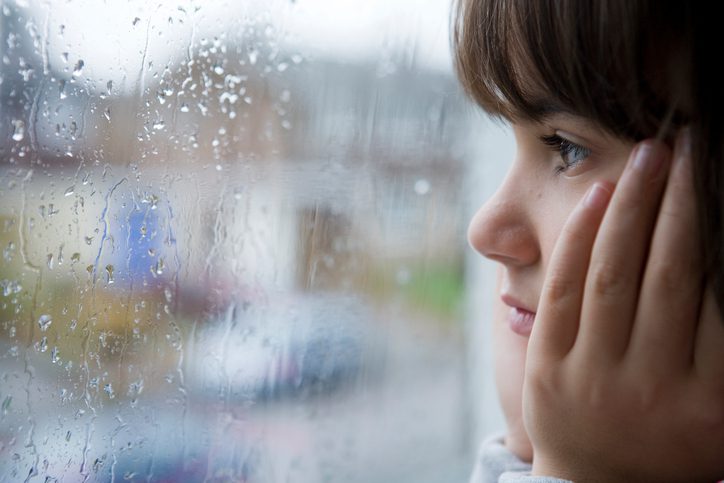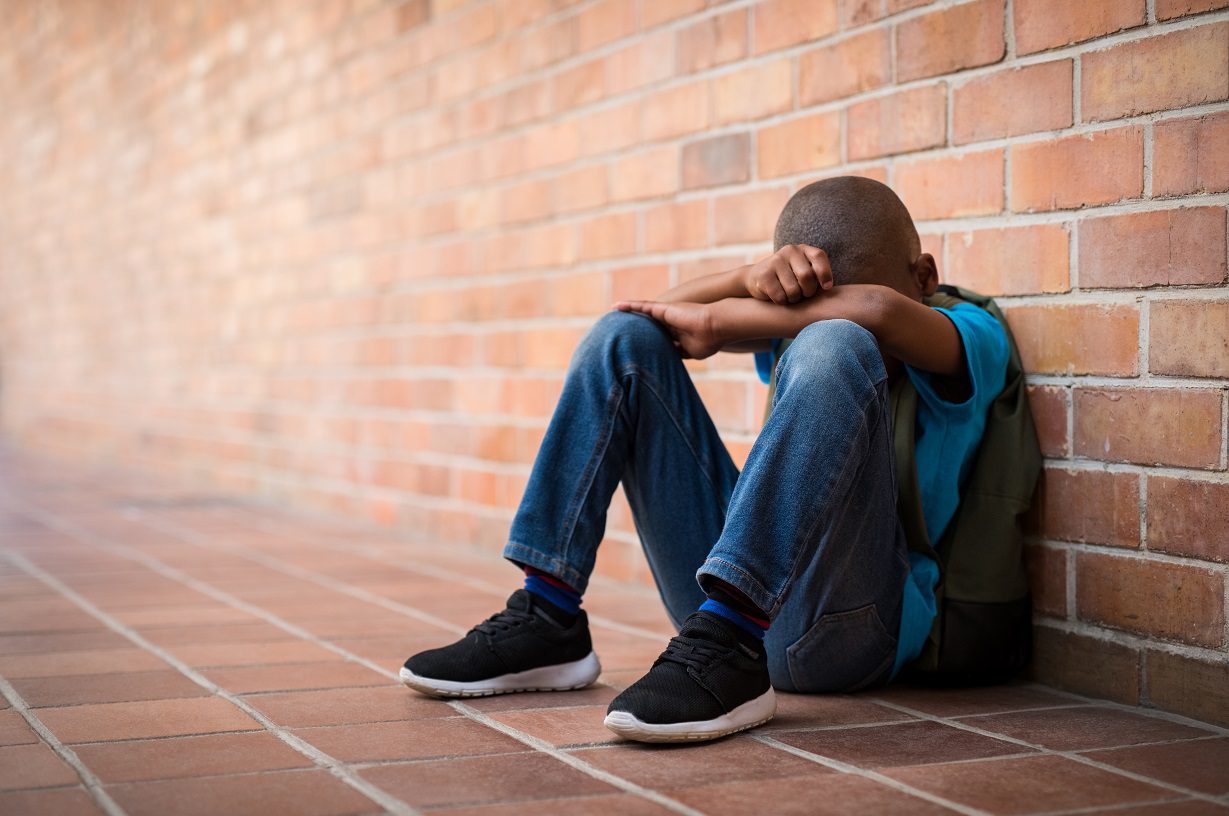Parenting Concerns
Dyslexia, Part 2: Understanding Treatment

This blog is the second in a series on dyslexia. Topics to be addressed further in include accommodation options available, and the transition of a child to life, school, etc. following diagnosis.
The Importance of Stories for Child Health

Stories matter.
That’s not just an opinion. That’s not an axiom or a homily or a saying or even a pithy bumper sticker slogan.
That’s a genuine biological imperative.
What Is An Adjustment Disorder?

My friend Samantha called me in a panic. Her 8-year-old daughter, Lindsey, was struggling with the fact that her parents were getting divorced. There had been a lot of conflict in the marriage. Samantha’s ex-husband was an alcoholic and, though he was receiving treatment, he had been frequently unemployed.
Did I Stutter?

Do you remember what your mother used to say when you stopped, all of sudden, and yanked off your sneakers with a kind exaggerated urgency? She’d wait to see what you were doing, and then when you turned that sneaker upside down and the teeny-tiny pebble fell out onto the sidewalk, she’d smile and tell you something about how the little th
Using the Power of Narrative to #StopSuicide

Increasing public awareness of suicide is not an easy task. To truly grapple with the issue, we have to face some difficult and painful feelings. For these reasons, when we at the Clay Center collaborated to tell the true story of a young sophomore at Harvard named Luke, who tragically took his own life, we decided to turn to film.
Talking to Kids About Natural Disasters (The Weather Channel)
Over the past month, the devastation of hurricanes Harvey, Irma and Maria has topped the headlines and media outlets. The earthquake in Mexico has shocked the world. These events have shaken countless individuals, families, and communities, including our children.
Consejos para ayudar a los niños a hacer frente a los huracanes, tormentas y sus consecuencias

Introducción al blog de huracanes y desastres naturales
Cuando se trata de eventos como actos de terrorismo o desastres naturales, nuestra misión en el Clay Center de MGH ha sido siempre la de ayudar a los padres, apreciar el impacto que imágenes y audios de estos eventos potencialmente traumáticos, puede
When Teens Talk of Suicide: What You Need to Know
Download or print our PDF on Suicide Prevention
Suicide can be a scary topic to think or talk about. Yet, suicide is often preventable when family members, friends, and entire communities know what signs to look for in a young person, when to worry, and what to do upon any concerns.
Older Not Wiser: Senior High School Drivers Take More Risks Than Younger Teens According to New Study

Back to school.
For seniors, it’s often a stressful time as they prepare for a new era in life after high school, but also one of enthusiasm as they feel a greater sense of confidence and autonomy.
It’s also a time parents worry more – about their teens’ future and about risky behaviors.
School Refusal: When Back-to-School Is a Struggle

PDF Download – School Refusal
Jump to: Ways to Help
Most school-age kids are typically eager to head back to school after a break.




